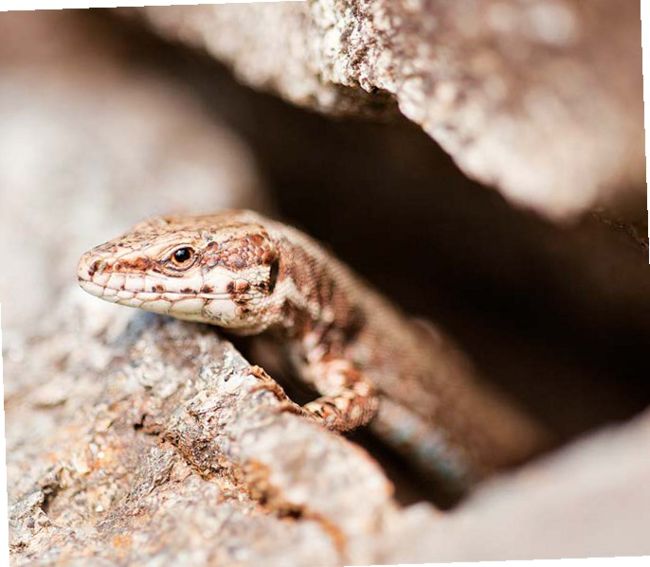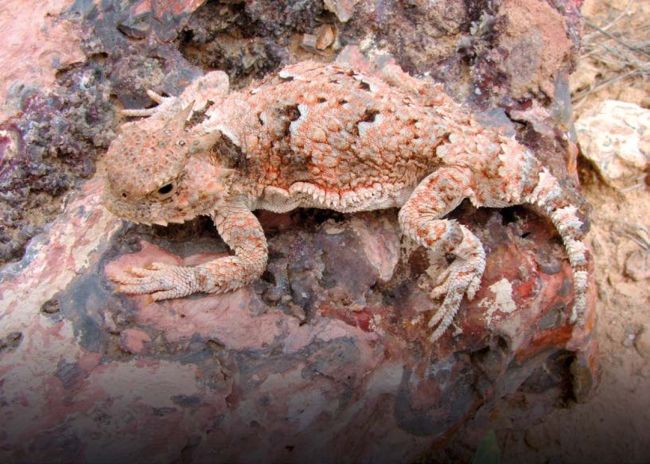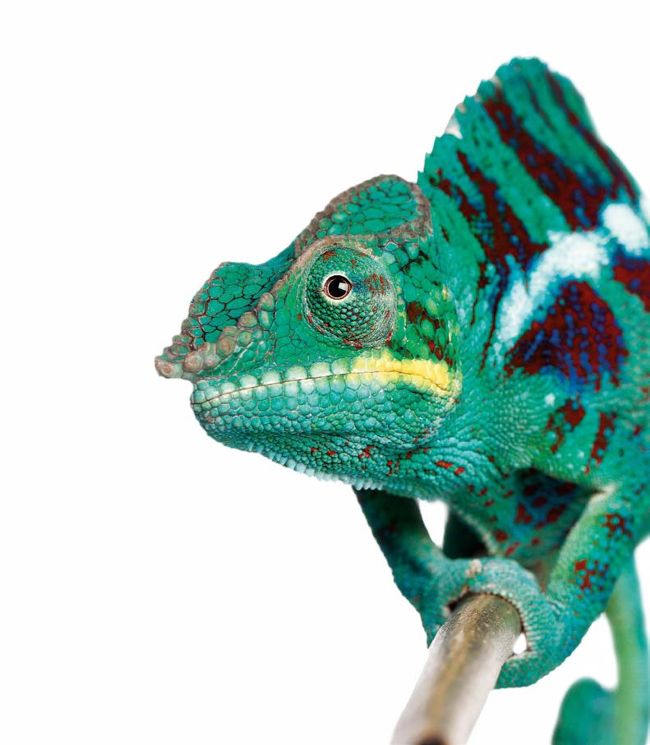HOW TO GET AWAY The anti-predator behaviour of lizards
Lizards have developed surprisingly varied means of escaping from predators, even communicating directly with them in some cases. Dr Julia Mueller-Paul investigates how they survive, and explains the implications for those keeping lizards.
Different groups of reptiles have evolved various survival strategies to protect themselves against predation. Tortoises, for example, have sacrificed speed for a protective shell, which serves as basic body armour, particularly in larger individuals. Crocodilians can rely on their body strength and forceful jaws, quite apart from their bony, reinforced skin. Many snakes are renowned for their fast-working, dual-purpose venom, which will provide protection against attack if required, although it is used primarily to overcome prey.
Most lizard species, however, while feeding on live prey such as insects, rodents, and other small animals, are favoured prey themselves for many other animals, ranging from large invertebrates such as tarantulas upwards. As their size and physiology typically does not allow for active protection in the form of aggression (with the notable exception of monitors, which will use their powerful bite, claws and tail to defend themselves), lizards have developed a variety of other mechanisms which serve to protect them from predators.

Avoiding
detection
is
a
key
part
of
a
lizard’s
survival
strategy.

Desert
horned
lizard
blending
into
the
background.
''The most effective anti-predator behaviour is camouflage. In most cases, this does not pose any particular energy drain on the animal’s resources; more often than not, it is advantageous because camouflage aims at avoiding any confrontation before it arises.,,

Chameleons
are
masters
of
camouflage.
Most commonly, lizards often opt for the quiet life! As long as they have not been spotted by an approaching predator, camouflage is often the strategy of choice. When a lizard thinks that its presence has been spotted, flight is likely to be the next option, and a few species are even capable of producing sounds in attempt to scare of an attacker.
Once an attacker has caught a lizard however, so more drastic survival measures are required, and biting or even shedding of a part of their body can be attempted. Many lizards will leave behind part of their tail to increase chances of escape and survival under these circumstances.